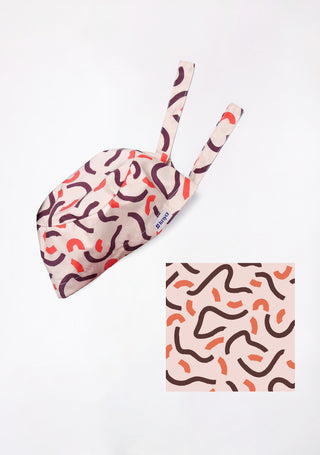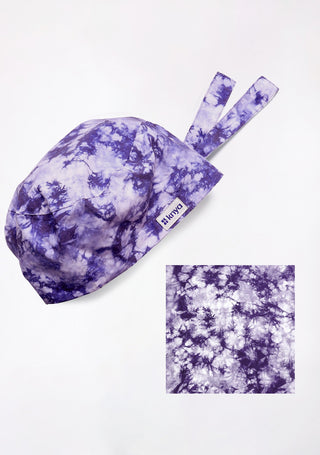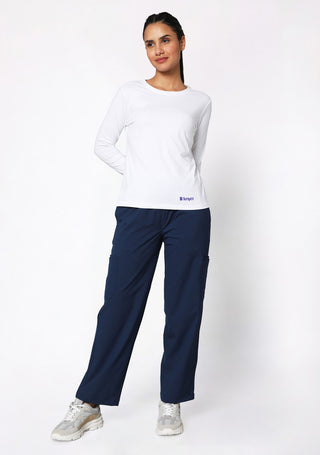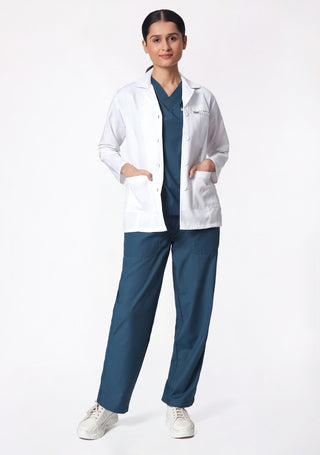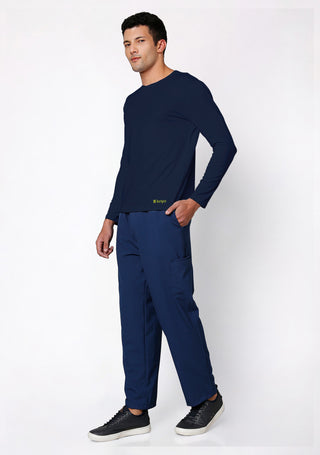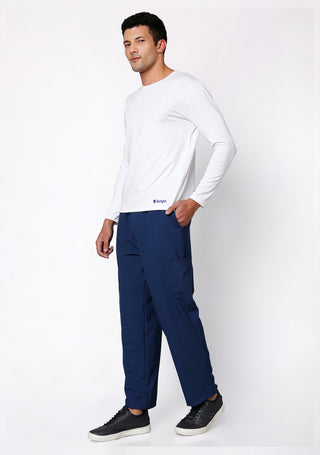In the fast-paced and high-stakes world of healthcare, precision, hygiene, and professionalism are non-negotiable. For medical lab technicians and healthcare workers, safety begins with what they wear. While skills and expertise drive outcomes, medical lab clothing quietly plays a vital role in keeping both healthcare professionals and patients safe. It's more than just a dress code—it's a critical layer of defense, a symbol of credibility, and a requirement for every professional setting.
This guide explores the importance of medical lab attire, the essential features of high-quality uniforms, and how appropriate clothing ensures protection, hygiene, and enhanced performance in healthcare settings.
Click here to explore comfortable lab coats and discover our complete collection of comfortable and stylish medical apparel
Why Medical Lab Attire Matters?
Medical lab clothing serves more than aesthetic or professional identification purposes. It acts as a barrier between healthcare workers and a variety of harmful substances, including infectious agents, chemical spills, and biohazards. The controlled, sterile environment of a medical lab is preserved through these clothing choices. Without proper attire, the risk of contamination skyrockets—jeopardizing not only the individual but also patients and colleagues.
Healthcare professionals are in constant contact with hazardous materials and sensitive biological samples. Wearing properly designed lab coats, scrubs, and accessories is a key factor in minimizing these risks.
Safety First: Protection You Can Wear
Safety is paramount in all medical environments, and protective lab attire is a cornerstone of personal safety protocols. From head to toe, each layer of a lab uniform is carefully engineered for function:
- Lab Coats: Often the first line of defense, lab coats are designed to shield the wearer from chemical spills, biological splashes, and physical contaminants. Made with liquid-repellent and flame-resistant materials, they safeguard the skin and prevent direct contamination of street clothes.
- Scrubs: Comfortable yet functional, scrubs provide flexibility and easy movement for professionals who are often on their feet. Their antimicrobial properties and easy washability make them ideal for repeated use.
- Underscrubs: These garments are typically worn beneath scrubs to add warmth and moisture control, especially in air-conditioned lab environments. They’re breathable and soft against the skin.
- Surgical Caps and Masks: These prevent hair and respiratory droplets from contaminating specimens or sterile environments. They also protect the wearer from inhaling harmful agents.
- Gloves and Goggles: As protective accessories, gloves and goggles form a critical barrier during any high-risk lab procedure. Single-use gloves prevent contamination, while goggles shield the eyes from splashes or debris.
Enhancing Professionalism through Uniformity
A lab technician’s attire significantly influences perceptions of competence and professionalism. Uniforms signal readiness, credibility, and respect for workplace standards. Color-coded uniforms and name tags also help identify roles and responsibilities during critical procedures, streamlining operations and communication within teams.
In emergency or time-sensitive situations, quick visual identification of roles based on uniform design can improve efficiency and even save lives. This is particularly crucial in larger healthcare facilities or multidisciplinary labs.
Key Features of a Good Medical Lab Uniform
When choosing lab attire, the focus should be on both safety and comfort. Here’s what defines high-quality medical lab clothing:
- Material Durability – Resistant to wear, chemicals, and high-temperature laundering
- Fit and Mobility – Designed to allow a full range of motion
- Pockets and Storage – Convenient for carrying essential tools or devices
- Antimicrobial Fabric – Reduces bacteria accumulation and odors
- Moisture-Wicking Properties – Keeps the wearer dry during long shifts
- Breathability – Prevents overheating in warm environments
These thoughtful details not only enhance safety but also improve the wearer’s comfort and productivity throughout the day.
Implementing Uniform Policies in Medical Labs
Having a uniform policy ensures that everyone follows the same safety standards. Here's how to effectively implement such policies:
- Mandatory Use: All lab personnel should wear designated uniforms while on duty.
- Replacement Protocols: Uniforms must be replaced periodically or when damaged.
- Contamination Rules: Uniforms exposed to spills must be disposed of or sanitized immediately.
- Departmental Codes: Specific colors or markings for different departments improve clarity in communication.
Ready to explore our amazing scrubs collection? Browse the best here
Training Staff on Lab Clothing Protocols
Proper education around medical lab clothing is essential. Training should cover:
- How to properly wear and remove uniforms without contaminating themselves
- When to change or discard protective accessories like gloves and masks
- Importance of regular laundering and how to handle soiled garments
- Awareness of cross-contamination risks
Continuous training ensures that protocols remain top-of-mind and encourages a culture of safety.
Maintenance and Hygiene
Clean, well-maintained uniforms are critical in healthcare. Ideally, institutions should:
- Provide in-house or third-party laundering services
- Enforce garment rotation schedules
- Restrict uniforms from being worn outside the lab to prevent cross-contamination
Daily maintenance helps prevent the spread of infections and preserves the lifespan of the uniforms.
Conclusion
Medical lab clothing is more than a uniform—it’s a safety system, a productivity enhancer, and a professional symbol. When thoughtfully designed and properly used, these garments form the foundation of a safe, hygienic, and efficient healthcare environment.
From the lab coat that guards against chemical spills to the goggles that shield your eyes, each item serves a distinct purpose in protecting the individual and preserving the sterile integrity of the medical facility.
By prioritizing comfort, protection, and professionalism, and by embedding safety protocols into the daily workflow, healthcare institutions can ensure that their frontline lab technicians work in a secure, trusted, and high-performance setting.


